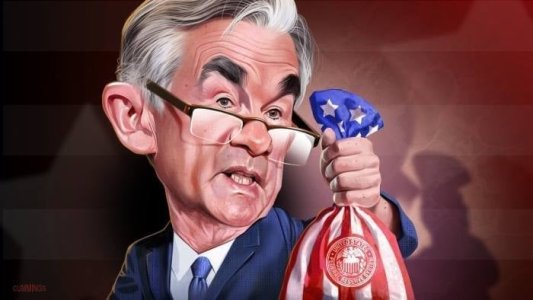irvinebullhousing
Well-known member
Easy fix,
Just buy more Irvine homes.
Just buy more Irvine homes.





The Fed will not cut rates in the Apr/May meeting and June meeting. The Fed raised rates too late to fight inflation. They will again start to cut rates too late. They will not cut because the inflation is headed towards 2%, but will be forced to cut. Welcome to Bidenomics, a broken economy with fake economic and unemployment numbers that doesn't seem to make sense.
Fed Meetings:
Apr/May 30-1
June 11-12
July 30-31
Sept 17-18
Nov 6-7
Dec 17-18
This can't be correct. I thought inflation was transitory?Fed holds interest rates at 23-year high, citing 'lack of further progress' on inflation

McDonald’s is the canary in the coal mine.Starbucks earning report is a bellwether of consumer spending.
I’m not going to stand here saying the fed is perfect. But at the same time, we need to recognize their job is difficult. Hindsight is always 20/20. I think they did a decent job taking inflation from 9% to now 3%.That is what the economy needs, but the FED will not do what they are suppose to do. They raised rates too late calling it "Transitory Inflation" and most certainly, they will also start to cut the rates too late. The FED will not cut due to the inflation rate coming down to their 2% target, but due to a severe famine.
the same person who anticipated a once in a century pandemic?Who would have thought that an administration willing to spend $3T more than they collect in tax annually could lead to difficult to contain inflation despite some of the most aggressive rate tightening in history?
The pandemic is over but the spending continues to mutate and grow into deadlier forms.the same person who anticipated a once in a century pandemic?
